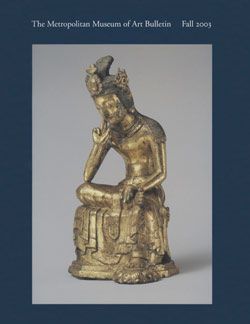The Deliverance of Cybele, an Allegory of the Seasons
Gabriel François Doyen French
Not on view
Doyen was one of the most promising young artists of the generation that came of age in the last decades before the French Revolution, a period when a vigorous neo-baroque style was gaining ground against the waning popularity of the rococo. His submissions to the biennial Salons held at the Louvre tended to be few in number but ambitious in format and intent, typically accompanied by lengthy textual explanations. This large, painterly Allegory of the Seasons was the first drawing he chose to exhibit.
The goddess Cybele, identified by her turreted crown and lion-drawn chariot, represents Earth, but also fertility and vegetation. In Doyen’s image, she is rendered powerless, beset by the ice and frost of winter. The arrival of Jupiter Pluvius, the god of the rains, with his outstretched arms and flowing hair, signals the return of spring, or "Cybele’s deliverance."
The drawing was commissioned by the duchesse de Choiseul whose husband had been exiled to Chanteloup following the death of his supporter, Madame de Pompadour. It has been suggested that Cybele’s predicament was intended as an allegory for the banishment of the duc de Choiseul, whose wife hoped that his return, like Cybele’s, would be imminent. In fact, Choiseul remained a popular figure in the capital during his exile and did return following Louis XV’s death in 1774.
Perrin Stein, May 2014
Due to rights restrictions, this image cannot be enlarged, viewed at full screen, or downloaded.





